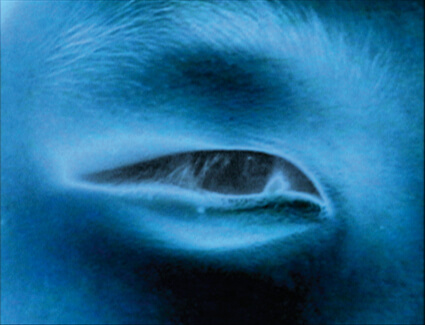
Cinema
Robert Cahen: Le souffle du temps
From 16 March to 18 April 2010
Jeu de Paume – Paris
Video artist, director, trained composer, Robert Cahen is at the crossroads of the arts. Student of Pierre Schaeffer, he received his degree from the Conservatoire National Supérieur de Musique de Paris in 1971 and found the means to integrate into video the technical and linguistic experimentation of the school of concrete music (or ‘musique concrète’). At the French ORTF, where he was a researcher, Robert Cahen pioneered the used of electronic instruments. He is known for treating images as though they were sounds, organising them, transforming them while providing an example of the potential exchange between media and the parameters of the image and of music.
Cahen is considered as one of the most significant figures in the field of video creation. His work can be recognised through his use of slow motion and his manner of exploring sound as it relates to the image in the creation of his own poetic universe.
The fundamental elements treated by Robert Cahen can be found in his entire body of work: juxtapositions of stationary elements with moving elements put end to end, oscillation, multiple points of view, even the physical experimentation of works and the way they occupy space.
Starting with his first video in 1973, L’Invitation au Voyage, he has manipulated the image, rendering it malleable. His 1983 video Juste le Temps, a thirteen-minute fiction piece, is considered as a pivotal work in video creation of the 1980’s.
The most characteristic trait of Cahen’s work is the use of slow motion, which makes ‘time held back’ visible to the eye. Part of his creative output finds its inspiration in the work of other artists, including his videos treating art — Parti sans laisser d’adresse (1986), for example, treats the painting of artist Bernard Latuner —, music — Pierre Boulez’s REPONS (1985) —, dance — Hideyuki Yano’s La danse de l’Epervier (1984), Susan Buirge’s Parcelle de ciel (1987), and Bernardo Montet’s SOLO (1988) —, and photography — Dernier Adieu on the photograph J. M. Tingaud (1988) —, and finally, with Corps flottants (1997), a literary adaptation of Soseki’s novel Kusamakura.
